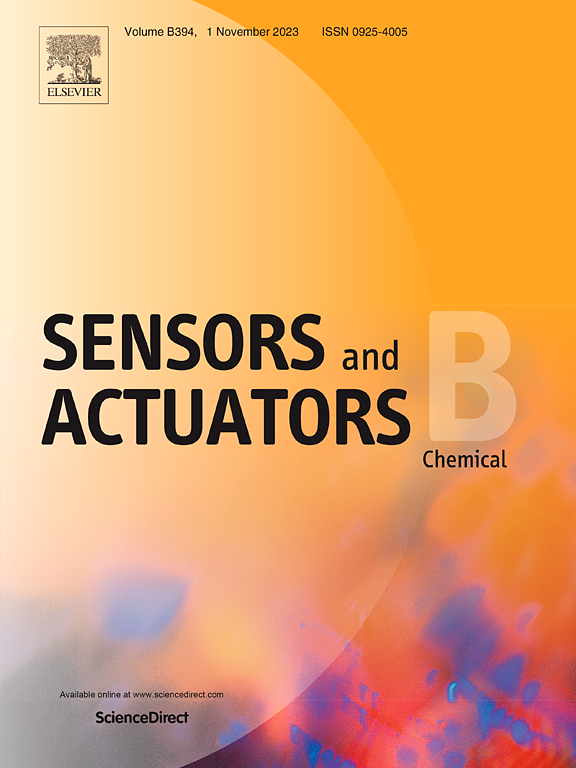An integrated metal-organic frameworks and membrane fusion platform for the separation and detection of exosome miRNA in thyroid cancer diagnosis
IF 8
1区 化学
Q1 CHEMISTRY, ANALYTICAL
引用次数: 0
Abstract
Traditional diagnosis of thyroid cancer involves invasive procedures, making it crucial to find convenient and rapid methods for early detection of thyroid cancer. Exosomal miRNA has emerged as a potential and effective biomarker for thyroid cancer diagnosis. However, simple, rapid, and sensitive analysis of exosomal miRNA remains challenging. In this study, we present an integrated platform for the rapid separation of exosomes using metal-organic frameworks (MOF) materials, followed by membrane-fusion-based DNAzyme signal amplification for the highly sensitive detection of miR-31 within extracellular vesicles (EVs), aiming to achieve early diagnosis of thyroid cancer. For the proposed method, MOF not only serves as a medium for separating EVs but also releases Zn2 + upon acid-induced cleavage, which further acts as a cofactor for DNAzyme, reducing the cost and simplifying the process. Furthermore, the combination of membrane fusion-based DNAzyme circuits for miRNA analysis in EVs shows high sensitivity with a detection limit of 1.05 × 10 ³ particles/mL. The method can also effectively and accurately distinguish the expression of miR-31 in the plasma EVs of normal and thyroid cancer patients. This strategy has high accuracy and practicality and is expected to play an important role in disease diagnosis and drug research.

基于金属-有机框架和膜融合的外泌体miRNA分离检测平台在甲状腺癌诊断中的应用
传统的甲状腺癌诊断涉及侵入性手术,因此寻找方便快速的早期检测甲状腺癌的方法至关重要。外泌体miRNA已成为甲状腺癌诊断的潜在和有效的生物标志物。然而,外泌体miRNA的简单、快速和敏感分析仍然具有挑战性。在这项研究中,我们提出了一个利用金属有机框架(MOF)材料快速分离外泌体的集成平台,然后基于膜融合的DNAzyme信号扩增,用于高灵敏度检测细胞外囊泡(ev)内的miR-31,旨在实现甲状腺癌的早期诊断。在该方法中,MOF不仅可以作为分离ev的介质,还可以在酸诱导裂解时释放Zn2 +,Zn2 +进一步作为DNAzyme的辅助因子,从而降低了成本,简化了过程。此外,结合基于膜融合的DNAzyme电路用于ev中的miRNA分析显示出高灵敏度,检测限为1.05 × 10 ³ 颗粒/mL。该方法还能有效准确区分正常甲状腺癌患者血浆EVs中miR-31的表达。该策略具有较高的准确性和实用性,有望在疾病诊断和药物研究中发挥重要作用。
本文章由计算机程序翻译,如有差异,请以英文原文为准。
求助全文
约1分钟内获得全文
求助全文
来源期刊

Sensors and Actuators B: Chemical
工程技术-电化学
CiteScore
14.60
自引率
11.90%
发文量
1776
审稿时长
3.2 months
期刊介绍:
Sensors & Actuators, B: Chemical is an international journal focused on the research and development of chemical transducers. It covers chemical sensors and biosensors, chemical actuators, and analytical microsystems. The journal is interdisciplinary, aiming to publish original works showcasing substantial advancements beyond the current state of the art in these fields, with practical applicability to solving meaningful analytical problems. Review articles are accepted by invitation from an Editor of the journal.
 求助内容:
求助内容: 应助结果提醒方式:
应助结果提醒方式:


